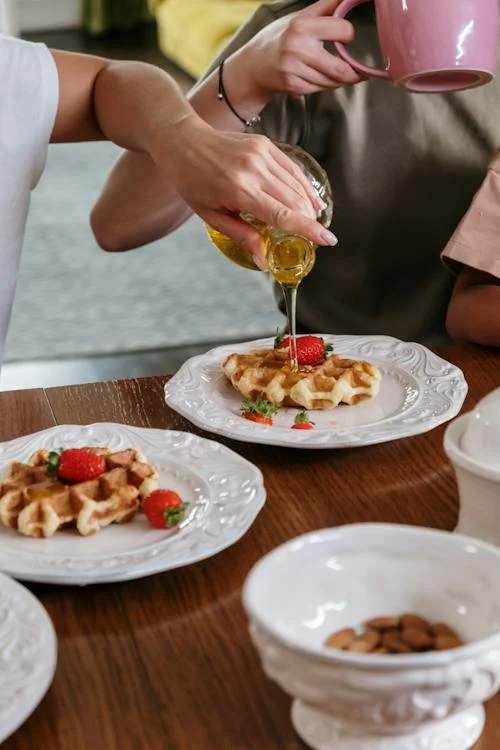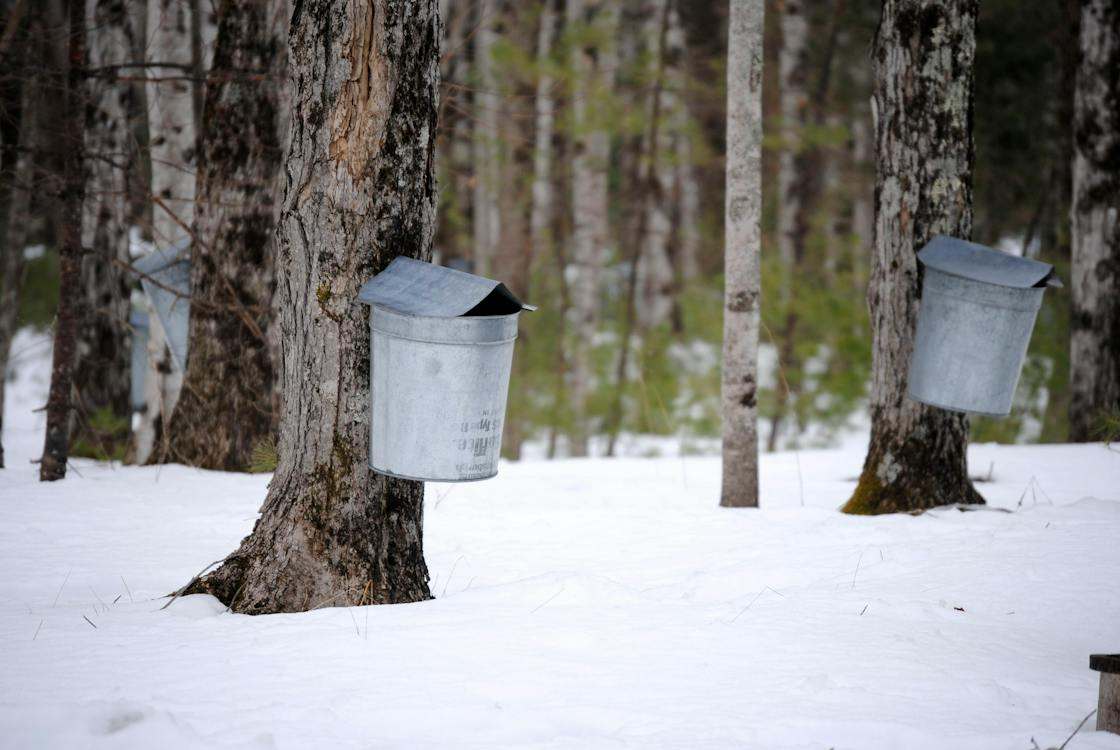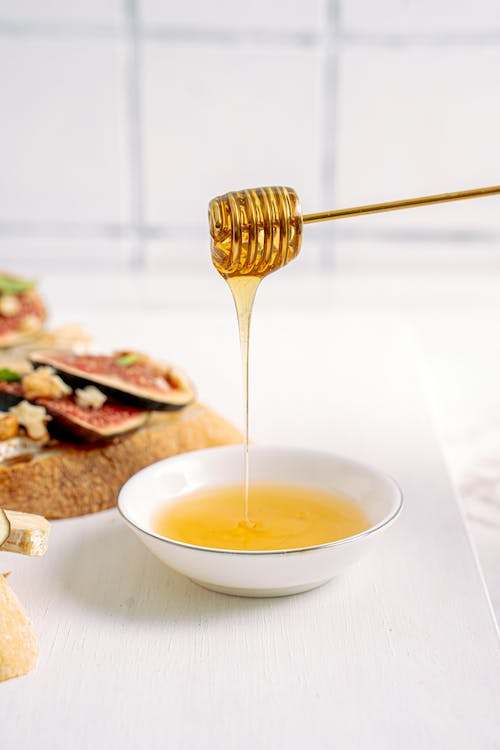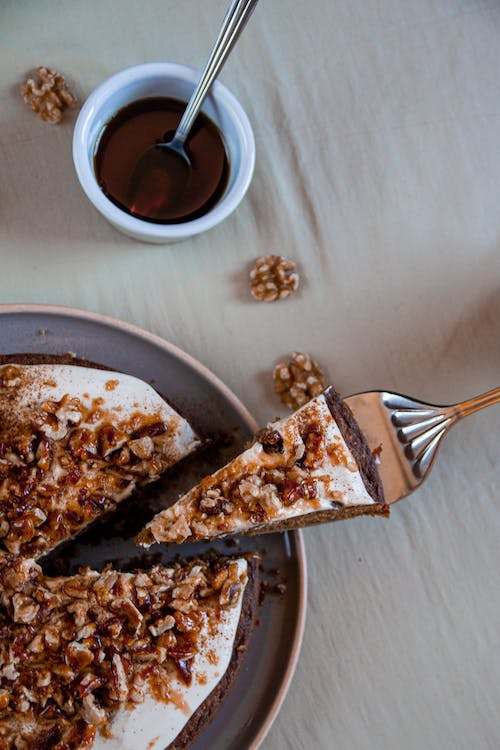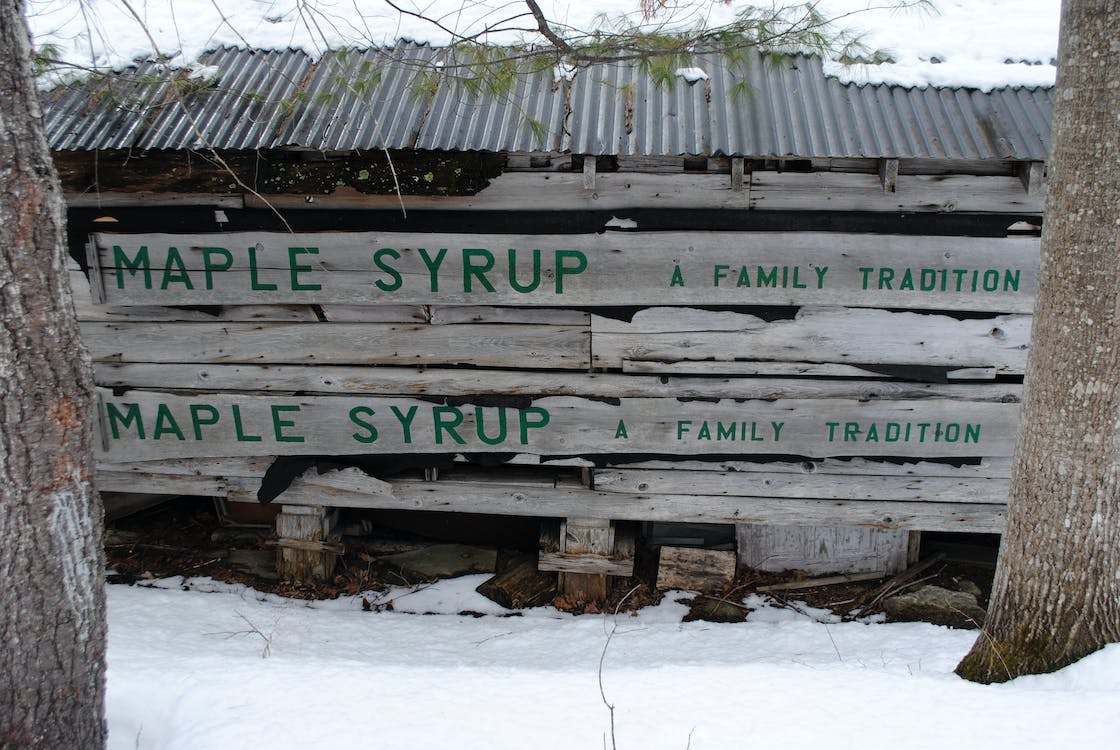What comes first to your mind when you think of maple syrup? It is the sweet brown liquid poured onto your pancake when having breakfast. This delightful syrup is all-natural and derived from the maple tree. It contains vitamins and minerals, like potassium, manganese, zinc, and antioxidants that are healthy for humans.
For centuries, collecting and boiling maple sap has been a practice. The first people who used this procedure were the indigenous people of North America. They collect maple sap by cutting a deep v-shape into the maple tree. But over time, the technique has evolved. Instead of using v-shaped cuts, they drill a hole into the tree and use buckets to collect the sap.
Specific Type of Maple Tree Used for Making Syrup
There are a variety of maple trees found in North America. However, producers mainly use red maple, black maple, and sugar maple due to their high sugar content.
Maple Syrup Production
During cold nights and warm days, the maple tree produces more sap. This period starts the sap season. It begins in mid-January and ends in mid-April; the season will last four to six weeks.
When the temperature rises above freezing, the pressure builds up in the tree and causes the sap to emerge through the tap hole. During colder months, when the climate drops below freezing, suction forms and draws water into the tree. This process replaces the water lost during sap season and is ready for the following sap collection.
Tree Tapping
Sap collection begins with tapping the tree. Tapping is simply drilling a small hole in the maple tree and inserting a nozzle or spile for the sap to flow through and into a covered container or buckets mounted to the tree or through a tube line system and stored for processing.
There are two ways of collecting sap. The traditional way is through a bucket that’s hung on the tree. The modernized procedure is through the plastic tube system. Maple syrup producers use both methods for collecting and storing maple sap. Producers store the collected maple sap in reservoirs before boiling it and turning it into syrup.
Spiles should be plugged out of the tree after sap season to allow it to heal and recover naturally.
Turning Sap Into Syrup
There are three stages for converting maple sap into syrup. The process will result in a thick and sweet consistency and a distinctive taste of maple syrup.
Evaporation
The process of turning maple sap into syrup requires taking away the water because it concentrates the sugar. The maple sap usually contains 2% of sugar. There are two methods for concentrating the maple sap. The old way is through boiling the maple sap in a specific pan or pot known as the evaporator until it reaches a sugar concentration of 66 to 67%. Heat causes the water to evaporate and caramelize the sugar, producing a unique taste.
The current procedure is reverse osmosis. This technology is more effective in removing the water from the maple sap. This innovative machine pushes the maple sap through filters, called membranes, under high pressure. This process allows water to separate from minerals and sugar. This system provides a more concentrated maple sap from 2% to between 8% and 15% of sugar.
Heating the Sap
Exposing the maple syrup to heat by boiling caramelizes the sugar. The maple sap is heated until it reaches the required concentration of at least 67%. This procedure provides the desired consistency and sweetness in maple syrup.
Purification
The last procedure in making maple syrup is the purification or filtering of the produce. Filtration will eliminate the solid particles or sugar sands. This process will provide quality maple syrup. There are specific filters made for filtering maple syrup; a cheesecloth can also be a great option.
Maple Syrup Grades
The color and flavor of the maple syrup determine the grade or classification. Sap collected earlier in the season and turned into syrup is lighter in color. Meanwhile, the syrup produced later in the season is darker and richer in taste. There are four grades in the system used for classifying maple syrup.
Grade A: Golden and Delicate Flavor
This grade is the lightest in color and with a mild flavor. The sap was harvested and boiled at the beginning of the sap season. This grade of maple syrup is a popular choice for pouring onto your pancakes, french toast, and waffles in the morning.
Grade A: Amber and Rich Flavor
This type of maple syrup is slightly flavorful. It is best known as the all-around syrup, from drizzling it on your waffles for breakfast to dressings to using it as a flavor on your food.
Grade A: Dark and Robust Flavor
Producers made this kind of syrup later in the season. Dark and robust grade has a stronger maple flavor and is suitable for your recipes as a sweetener. It is also best as an ingredient in your smoke-filled barbeque recipe.
Grade A: Very Dark and Strong Flavor
The final maple syrup grade is collected and boiled during the last part of the sap season. The very dark and robust classification has an intense maple syrup flavor. It is ideal for baking maple-flavored cakes and pastries. It is also best to utilize it as an ingredient in your recipe due to its strong taste.
The Top Producers of Maple Syrup
Collecting the maple sap depends on how long the sap season will last. The sap season typically lasts four to six weeks, depending on the location. Typically, the sap season starts mid-January until mid-April. Producers will begin to tap the maple trees and collect the sap. And turn the maple sap into a sweet syrup for the world to experience.
Quebec, Canada
Quebec is at the top of the list of pure maple syrup producers. It produces an average of nearly 8 million gallons of maple syrup yearly. Collecting maple sap and converting it to syrup has been part of their culture and has been done for centuries. Maple syrup production has given locals job opportunities. The industry has generated tax revenue of close to $2 million annually.
Ontario, Canada
Ontario is another province in Canada that is a top maker of maple syrup. It produces around 400,000 gallons of maple syrup yearly. Maple syrup production provided a full-time job for the locals.
Vermont, USA
Apart from Canada, the USA has also been a top producer of maple syrup. Vermont produces more than 800,000 gallons annually. It is the second most producer of maple syrup, next to Quebec.
Maine, USA
Maine produces more than 300,000 gallons of maple syrup yearly. The maple syrup in Maine is known to be the sweetest and comes in different grades.
In conclusion, making maple syrup is a process. The sap season only happens once a year, during late winter or early spring. It is the ideal time to tap the maple trees for collecting and producing maple syrup. Maple syrup production has been a tradition and part of the culture in most of Northern America.

